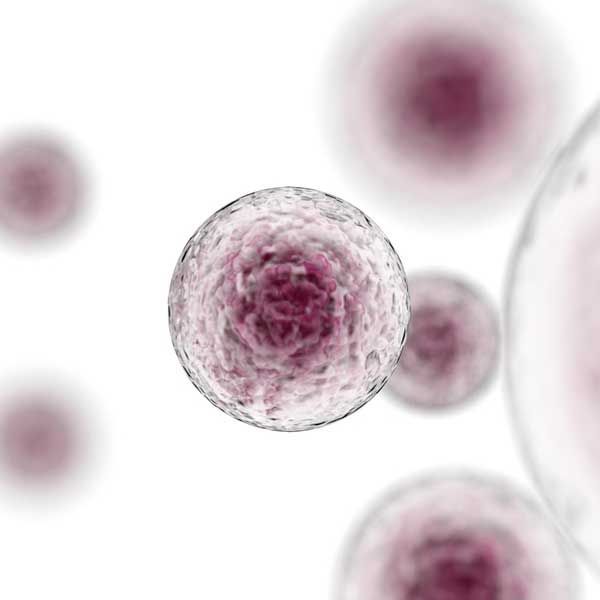

STEM CELL THERAPY WITH EXOSOMES
WHAT IS STEM CELL THERAPY WITH EXOSOMES?
Exosomes are extracellular vesicles or small fluid-filled sacs that begin in many different types of cells in the body, including stem cells. Exosomes carry genetic information and proteins to cells throughout your body, as well as create paths for communication between cells. These messenger cells have the ability to release growth factors and other beneficial processes.
Exosomes offer a variety of benefits, including the ability to regenerate tissue, control inflammation, repair injuries, and support regenerative therapies to treat certain diseases. At VitaLab, we sometimes refer to exosomes as “next level stem cells” because they are the active ingredient that is responsible for the regenerative benefits of stem cells and also offer improved efficacy. Exosomes are sometimes preferred to stem cells because of less inflammatory reaction, better outcomes, and lower cost. We participate with leading researchers around the country to offer stem cell therapies with exosomes to eligible participants who are interested in being part of research studies which are testing the outcomes of these therapies.
PRP AND EXOSOME TREATMENT
Both platelet-rich plasma (PRP) and exosomes can help to rejuvenate tissues for both functional and aesthetic purposes. When it comes to the PRP/PRF process, a small amount of your blood will be drawn from your arm. Then your blood will be placed into a machine called a centrifuge, which will spin to separate the protein-rich- plasma from the rest of the elements of the blood. Platelets are then extracted, and the sample is concentrated, creating what is called platelet-rich plasma (PRP).
In cases where PRP or exosomes are being used for regenerative purposes, they are injected directly into the injured ligament, muscle, joint, or tendon to promote healing. For aesthetic purposes, PRP or exosomes will be spread onto your face, and microneedling will be performed to help your face absorb the proteins. To execute microneedling, a special pen-like tool with many small needles on the end will be moved across the skin, creating micro-wounds. These micro-wounds stimulate the body’s natural healing response, kick-starting the creation of collagen as well. Overall, this combined procedure encourages cell turnover for tighter, smoother, fuller skin.

SCHEDULE YOUR APPOINTMENT
Regarding our stem cell therapy with exosomes La Jolla patients can get more information at our San Diego, CA office, contact VitaLab today! Your first step toward treatment will be to schedule a consultation during which your clinician will create a personalized treatment plan for you.
RECENT BLOGS AND NEWS

Exosome Therapy and How It Can Benefit You
Exosome therapy is a great option for when you want to restore your skin and look younger. I sometimes refer to exosomes as next…

The Benefits of Exosomes
Have you ever heard of exosomes? Exosome therapy is a new and exciting field in regenerative medicine that can help your body’s cells regenerate,…
